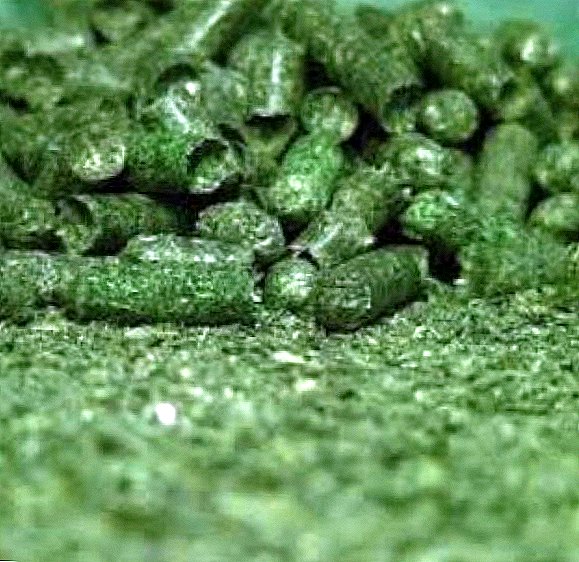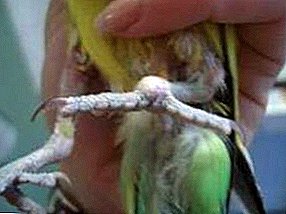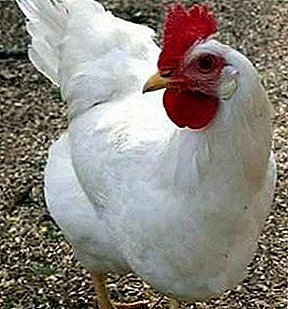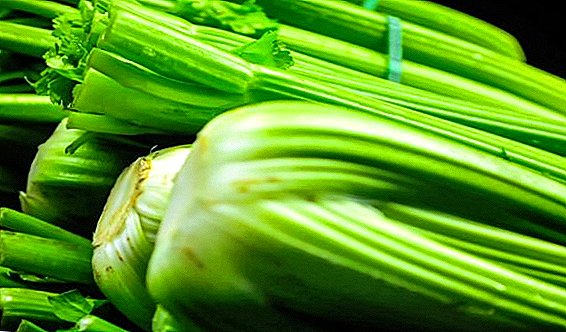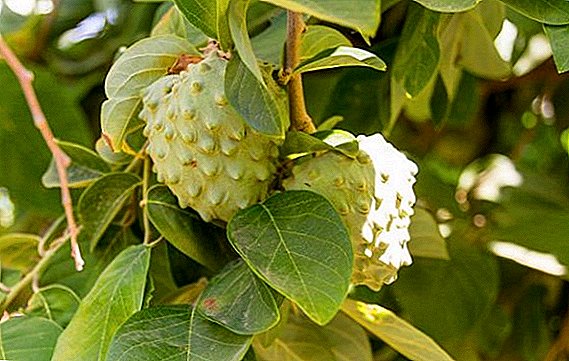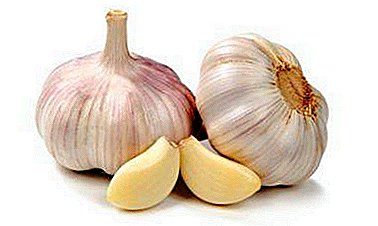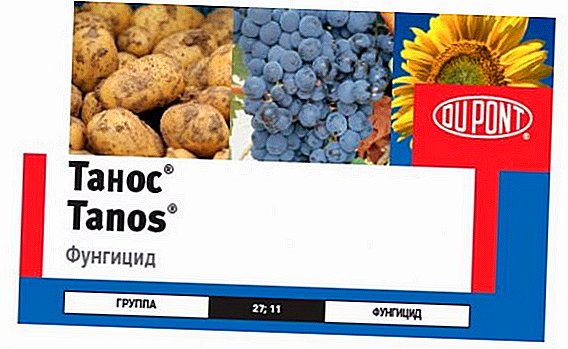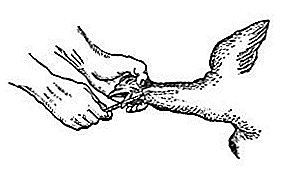
For every farmer, slaughtering is the same normal process as harvesting for other people. On the one hand, the slaughter of poultry is a simple matter that does not require special knowledge, but on the other hand it is a complex process, on whose success the quality of meat depends.
Very often, chicken meat begins to deteriorate due to the flow of putrefactive processes in the intestines, where a certain amount of poorly digested food remains. For this reason, before slaughter chickens must be carefully prepared. In the future, this will help preserve the quality of meat, as well as extend its shelf life.
The first thing a farmer must do is to select birds for slaughter. They need to be separated from the rest of the livestock, as they will be kept in special conditions.
18 hours before slaughter, the birds are no longer fed, but they continue to be given water, as it participates in all digestive processes, helping to quickly clean the contents of the stomach and intestines.
If the water is bad to enter the body of a chicken, then it will negatively affect the speed of digestion of the feed. In addition, the total loss of water will increase, so the body weight will be less.
To the intestine cleared faster, birds are given a laxative in the form of a 2% solution of glauber's salt. If the farmer does not have such salt, then one day before the hens you can feed with rye flour or wheat bran. Their number should be about a quarter of the daily diet.
To further accelerate the digestive processes, some farmers do not turn off the lighting in the room where the birds selected for slaughter are kept for the night. The chicken's body is disoriented and begins to digest the remnants of food with greater speed, but at the same time there must be a drinker in the room with the birds.
How to kill a chicken at home?
 Most often at home chickens are killed with head chopping off with a large cleaver. It easily cuts the neck blood vessels and the respiratory neck. As a rule, the chicken dies immediately, so this method does not bring her intolerable torment.
Most often at home chickens are killed with head chopping off with a large cleaver. It easily cuts the neck blood vessels and the respiratory neck. As a rule, the chicken dies immediately, so this method does not bring her intolerable torment.
However, this method of slaughtering can be justified only if the poultry meat does not lie long before use. The fact is that open cuts of the neck contribute to the rapid infection of meat, so it deteriorates much faster.
Through the beak
 The more correct method of slaughter chickens is killing through the beak or according to the technology of “splitting”.
The more correct method of slaughter chickens is killing through the beak or according to the technology of “splitting”.
It can be carried out with or without prior stun. Slaughter "in the shallow" with pre-stunning especially suitable for chickens of large breeds.
It improves the sanitary condition of the place where slaughter is carried out, and also gives the meat a more salable appearance due to quick and effective bleeding. For stunning birds use a strong blow to the head with a blunt object.
The technique of direct slaughter through the beak is mastered quite simply. To do this, the bird's head is taken with his left hand, and its beak must be turned toward the hammer.
The right hand sharply introduces scissors with well-sharpened ends.and or a narrow knife in the chicken oral cavity. It falls just in the place where jugular and pavement veins are connected.
It is enough to make a shallow incision, and then the knife is pulled over to itself and the injection is made slightly to the right and below. It must reach the anterior part of the cerebellum through the palatine slit.
This injection improves the bleeding of the slaughtered bird, as it relaxes the muscles. Also with the help of a prick, the process of plucking is greatly simplified, since the muscles holding the feathers become not so strong and elastic.
 Everyone can build a chicken coop with their own hands. For this you need to have a head, hands and the necessary tools!
Everyone can build a chicken coop with their own hands. For this you need to have a head, hands and the necessary tools!
The technology of mushroom cultivation is described in full detail in this article.
Immediately after slaughter, the bird is hung by its feet in a comfortable room. This makes for all the blood to get out of the carcass. After this process is completed, a tampon should be inserted into the bird’s mouth to absorb residual blood.
Outdoor mode
 At home, the external method of slaughter is often used, which can be one- and two-sided.
At home, the external method of slaughter is often used, which can be one- and two-sided.
In the external mode, the bird takes the head and the farmer, holding the beak with his hands, knife cuts skin 20 mm below ear lobe. Thrusting a knife deeper, he can easily cut the jugular vein and branches of the facial and carotid arteries. The approximate length of the cut should be 15 mm.
With a bilateral method of slaughter, the bird should be kept with the left hand behind the head, and the right one should pierce the skin 10 mm below the earlobe. The knife goes to the right and thus both carotid arteries and both jugular veins are cut at once.
The blade of the knife should be sharp enough to pass on the other side of the chicken head, forming a small through hole. However, the length of the cut should not be more than 15 mm.
Plucking
 In a domestic chicken farm, plucking chickens is done by the dry method.
In a domestic chicken farm, plucking chickens is done by the dry method.
As a rule, it is applied immediately after exsanguination, since then plucking of feathers will be very difficult. First of all, you need to remove the wings from the feathers and tail, as they are best plucked. After that, you can begin to feather on the chest, neck and legs.
The pen is always pulled in the direction of growth. However, do not grab too much feathering at once, since the tender skin of a chicken can easily tear and the presentation of the carcass will be flawed.
Sometimes farmers process bloodless birds with hot water.. They are scalded for a minute with boiled water cooled to 54 ° C.
At the same time, the neck, head and wings of the chicken must be subjected to additional processing within 30 seconds. After scalding is completed, plucking of feathers is performed. When it is finished, with the help of a blunt knife, all the remaining fluffs and hemp are removed.
Remove litter
 After full plucking of the chicken carcass at home, be sure to spend her toilet.
After full plucking of the chicken carcass at home, be sure to spend her toilet.
This term is called the removal of droppings from the hen cloaca. To do this, it is easy enough to press on the bird's belly. At the same stage, a new paper swab is inserted into the oral cavity of the chicken, which collects blood residues. If the bird's feet get dirty in the litter, they are thoroughly washed, but they do not wet the body.
After the toilet, the carcass must be singed to remove thin plumage. This process is carried out with a gas burner or over a fire. Before firing with a smoky flame, rub the carcass with flour. It will help to quickly get rid of soot on the skin of the bird.
Gutting the Bird
 Before gutting the carcass of chickens is cooled for 10 minutes in cold water.
Before gutting the carcass of chickens is cooled for 10 minutes in cold water.
This is done so that the meat does not turn pink and does not acquire a dark shade due to the filling of the capillaries with blood. Before gutting, put the chicken belly up. The first is an annular incision of the cloaca, and then a large longitudinal incision is made. Usually in adult chickens and young animals, it is 4 cm.
The inside of the carcass is removed gradually. First, the intestine is removed with the cloacaand then the other internal organs. It is important to carefully and without breaks separate the end of the duodenum from the stomach.
Carcass storage
 At home, carcasses of dead chickens can be stored in a conventional refrigerator.
At home, carcasses of dead chickens can be stored in a conventional refrigerator.
If there is no space in it, they can be moved to the cellar, but meat can only be stored in it for 5 days. For additional protection from decay, it should be wrapped in a clean cloth soaked in vinegar.
In winter, carcasses of dead chickens can be taken out on the street.. There they must lie for 24 hours. After that, they are dipped in cold water and again spread on the air.
This procedure can be repeated several times, as it allows you to preserve the taste of chicken meat for a long time. Upon completion of freezing, the carcasses are wrapped in clean paper and stored in a cold place.
Conclusion
Sooner or later, every farmer will have to slaughter his bird. This is a complex process, so its implementation must be treated with the utmost responsibility. Before slaughter you need to provide yourself with a sharpened tool, as well as theoretical knowledge that allows you to properly complete the procedure.



